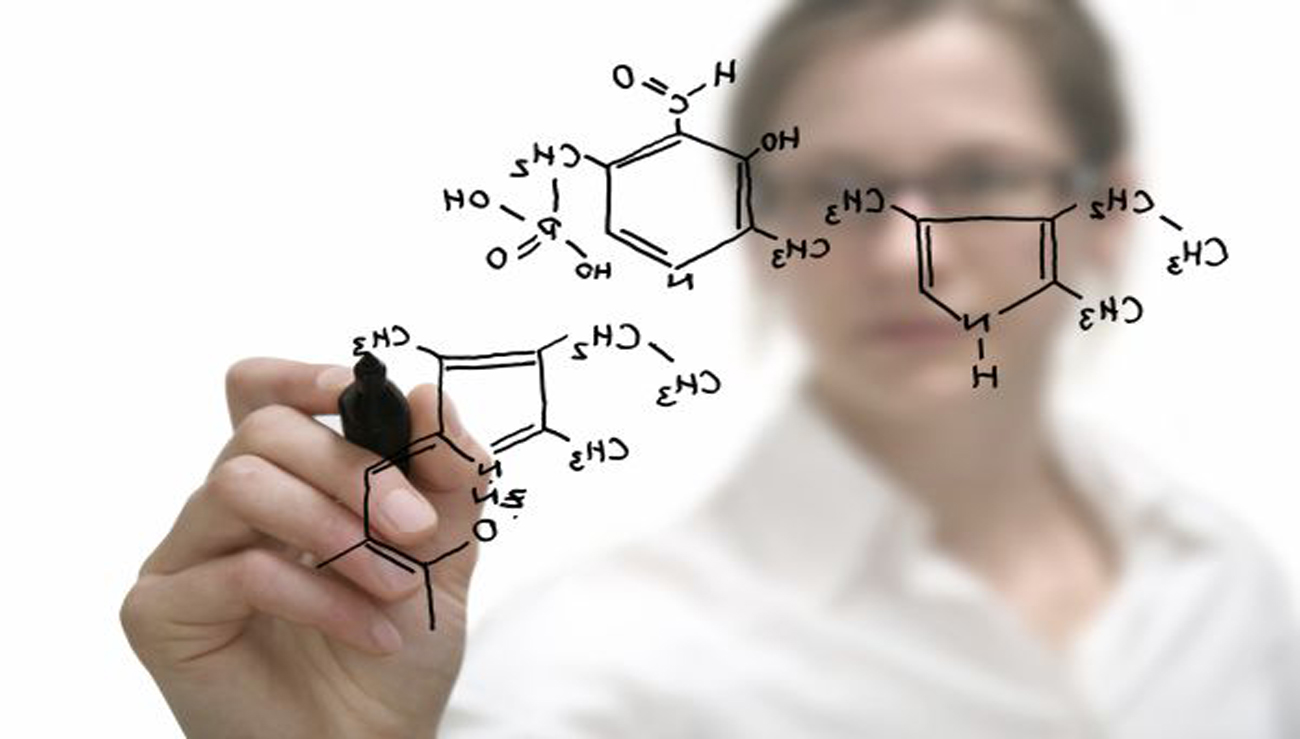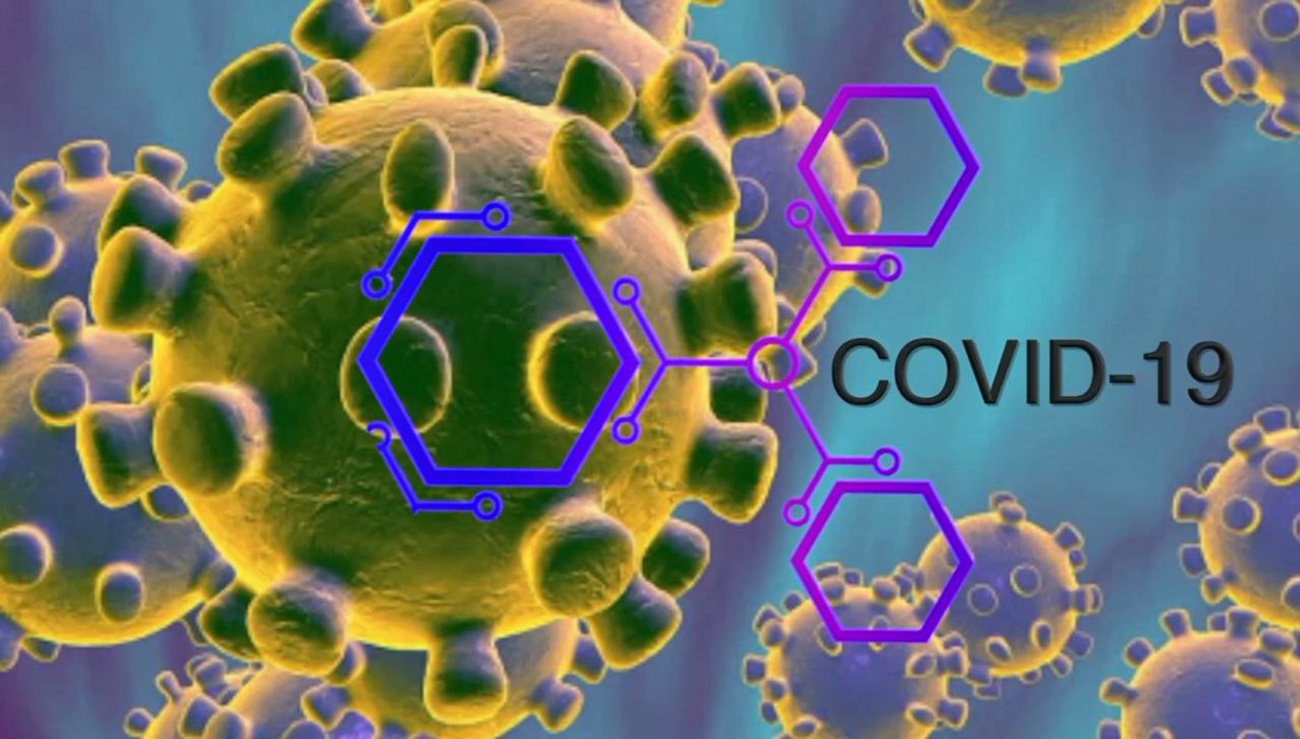
Gastroprotective Effect of Symplocos Racemosa Whole Plant Methanolic Extract Against Experimentally Induced Gastric Ulcer in Rat
Abstract:
Peptic ulcer is a condition which results from an imbalance between offensive and defensive factors of gastrointestinal system. The investigation was designed to evaluate the antiulcer activity of Symplocos racemosa whole plant methanol extract (MESR) in rat model of indomethacininduced gastric ulceration. The total acidity, gastric volume, pH and free acidity were measured to determine the anti-ulcer activity of MESR. Pretreatment with MESR (125-500 mg/kg) markedly reduced the indomethacin-induced increase in gastric ulcer index and score. These results revealed that antisecretory effects MESR were responsible for antiulcer activity of MESR.
Author(s):
DOI:
Keywords:
References:
Aguwa, C. N., Mittal, G. C. (1981). Study of antiulcer activity of aqueous extract of leaves of Pyrenacantha standtill (Family Icacinaceae) using various models of experimental gastric ulcer in rats. Eur J Phramacol, 74, 215-19. https://doi.org/10.1016/0014-2999(81)90533-1
Anonymus, (1998) Wealth of India, Raw materials, NIS, CSIR, New Delhi, vol. X, 588-590.
Bighetti, A. E., Antonia, M. A., Kohn, L. K., Rehder, V. L., Foglio, M., Possenti, A., et al. (2005). Antiulcerogenic activity of a crude hydroalcoholic extract and coumarin isolated from Mikania laevigata Schultz Bip. Phytomedicine, 12, 72-7. https://doi.org/10.1016/j.phymed.2003.09.006
Chan, R. K. & Leung, W. K. (2002). Peptic ulcer disease. Lancet, 360, 933-41. https://doi.org/10.1016/s0140-6736(02)11030-0
Kirtikar, K. R. and Basu, B. D. (1935). “Indian Medicinal Plants”, 2nd ed, I, 311.
Lakshmi, V., Singh, N., Shrivastva, S., Mishra, S.K., Dharmani, P., Palit, G. (2009). Gedunian and photogedunin of Xilocarpus granatum show significant antisecretory effects and protect the gastric mucosa of peptic ulcer in rats. Phytomedicine, 17, 569-74. https://doi.org/10.1016/j.phymed.2009.10.016
Muniappan, M. & Sundararaj, T. (2003). Antiinflammatory and antiulcer activities of Bambusa arundinacea. J Ethopharmacol, 88, 161-7. https://doi.org/10.1016/s0378-8741(03)00183-1
Muriel, P. B., Marivane, L., Edson, L. M., Mateus, F. L., Joao, P. B., Jairo, K. B., et al. (2008). Evaluation of antiulcer activity of the main phenolic acids found in Brazilian Green Propolis. J Ethnopharmacol, 120, 372-7. https://doi.org/10.1016/j.jep.2008.09.015
Shay, H., Komarov, S. A., Fels, S. S., Meranze, D., Grunstein. M., Siplet, H. (1945). A Simple method for uniform production of gastric ulcers in rats. Gastroenterol, 5, 43-51.
Sumbul, S., Ahmad, M. A., Mohd, A., & Mohd, A. (2011). Role of phenolic compounds in peptic ulcer: An overview. Journal of pharmacy & bioallied sciences, 3(3), 361–367. https://doi.org/10.4103/0975-7406.84437.
Trease, G. E., Evans, W. C. (1992). Text book of Pharmacognosy, 13th ed. London: Bailliere Tindall Publication.
Vogel, H. G., Vogel, W. H. (1997). Activity on the gastrointestinal tract. In: Drug discovery and evaluation (Pharmacological assays). Berlin: Springer verlag Company. 486-487.




